If you frequent certain forums at Matrix Games, Subsim, and Reddit you may have come across posts written by today’s interviewee, ‘BlindGuyNW’. As his online handle suggests, Zack wargames by ear and touch rather than eye. In many battle sims this approach is simply impractical, but not in all.
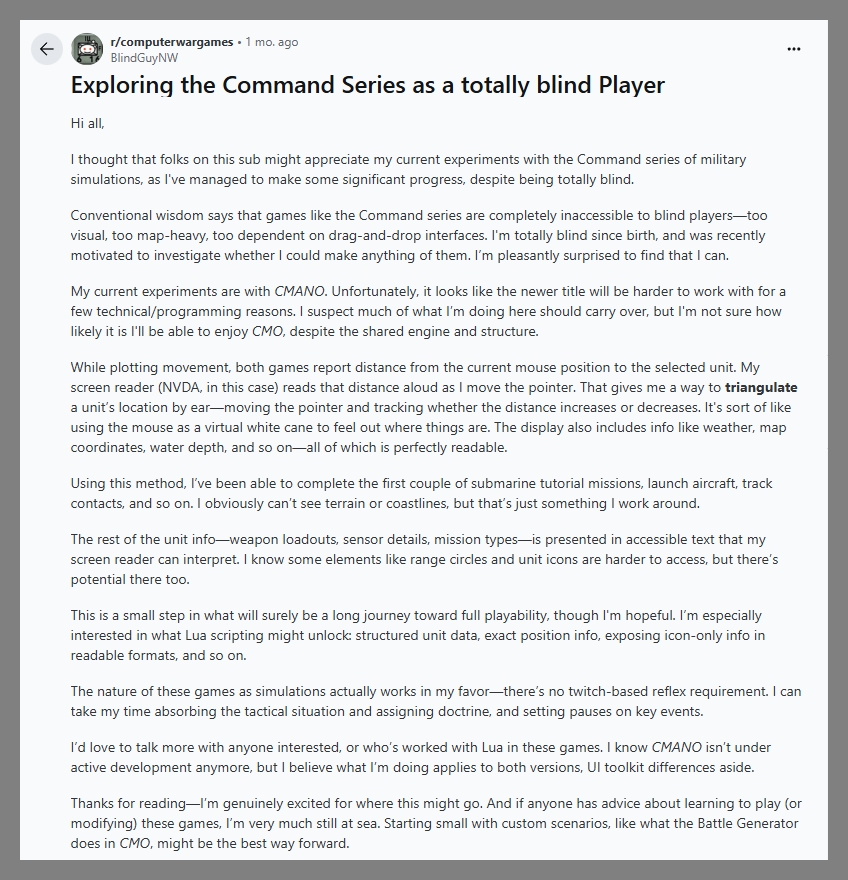
Tim: Of the computer wargames you’ve tried thus far, which have you found most practical and enjoyable?
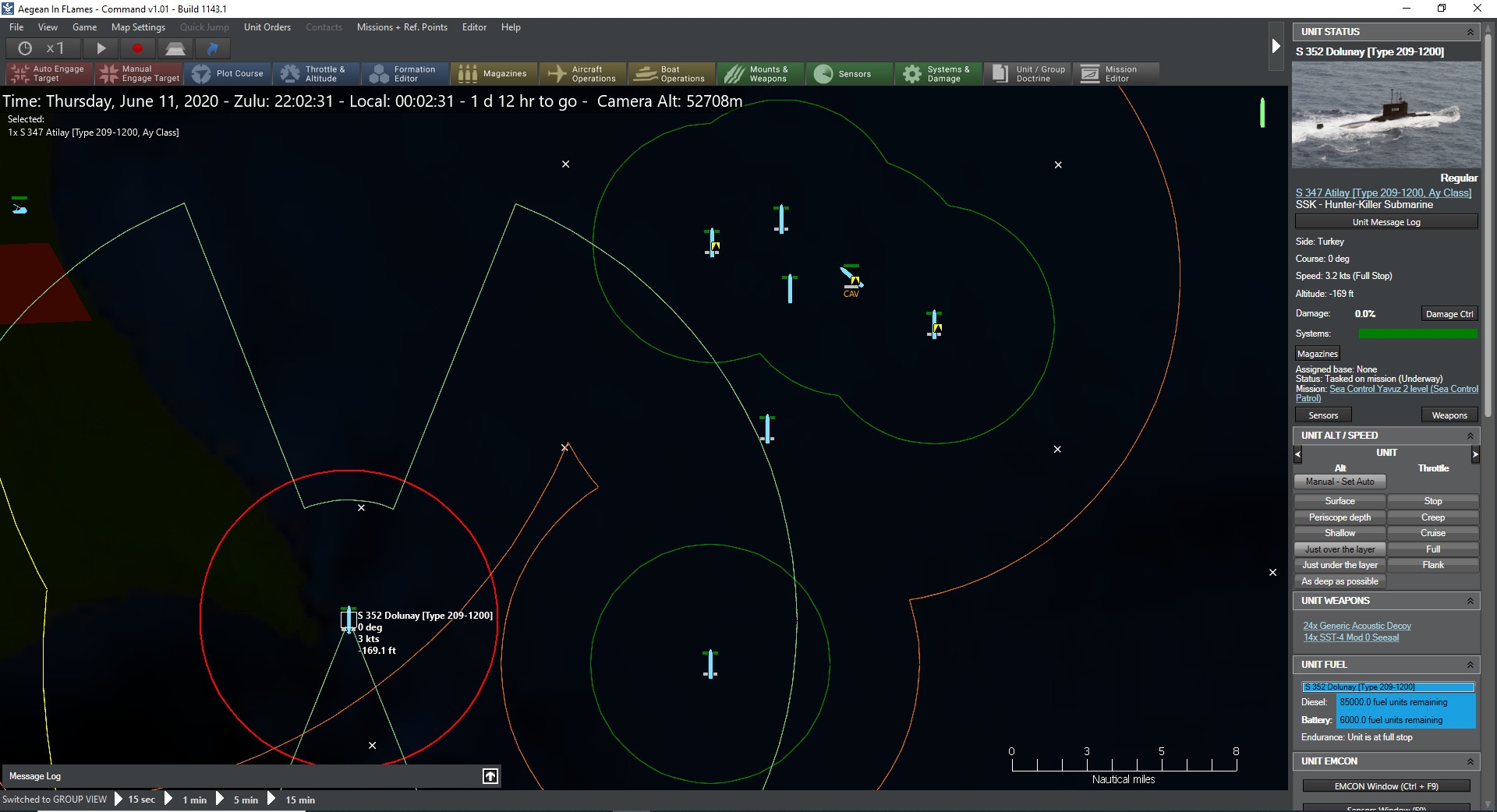
Zack: Command: Modern Operations would definitely top my list. What makes it particularly enjoyable is the remarkable depth it offers, combined with the fact that virtually everything can be accessed as text or data. I also spent far too much time reading Tom Clancy novels growing up, so I was perhaps predisposed to enjoy games with modern or Cold War settings.
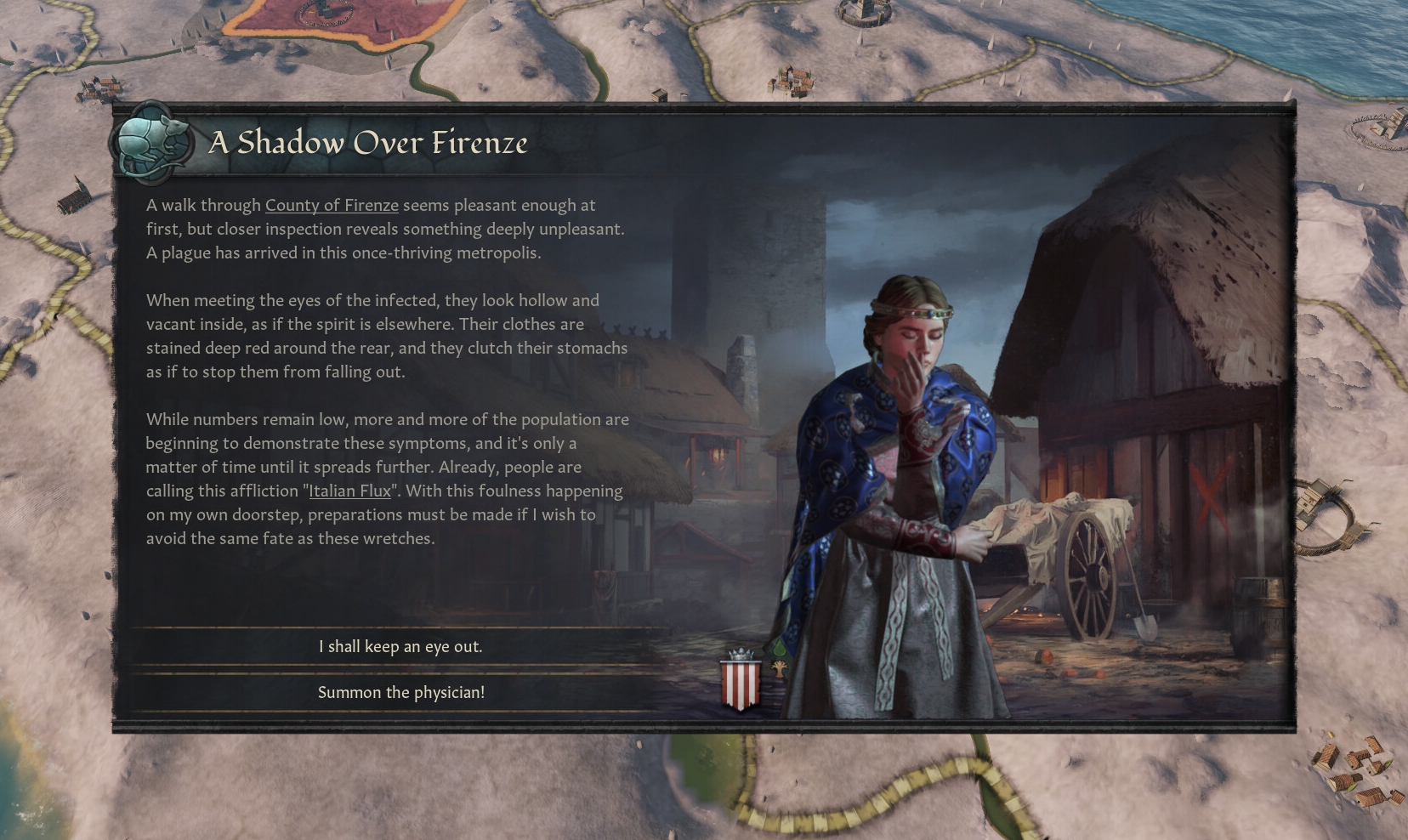
Beyond CMO, I’m drawn to games by Paradox Interactive, such as Crusader Kings 3. While they’re not wargames in the traditional sense, they share that same data-rich, narrative-driven nature that works well for me. The focus is more on dynastic storytelling across generations than tactical unit movement, though military campaigns certainly play their part.
Tim: Which third-party devices or software do you find most useful when gaming?
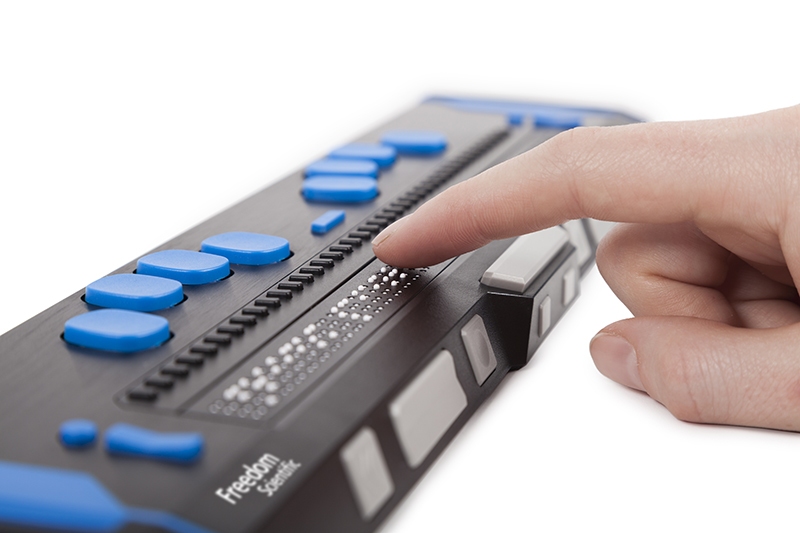
Zack: I simply wouldn’t be able to engage with most wargames without my screen reader software. I use an open-source program called NVDA, which can interpret standard Windows interface elements and employ OCR (optical character recognition) when game data isn’t directly accessible through other means. Essentially, I receive game information through computer-generated speech, and sometimes through a Braille display, though I admittedly don’t use the latter as much as I probably should.
Tim: What are the simplest things wargame developers could do to make their games more accessible to blind and partially sighted gamers?
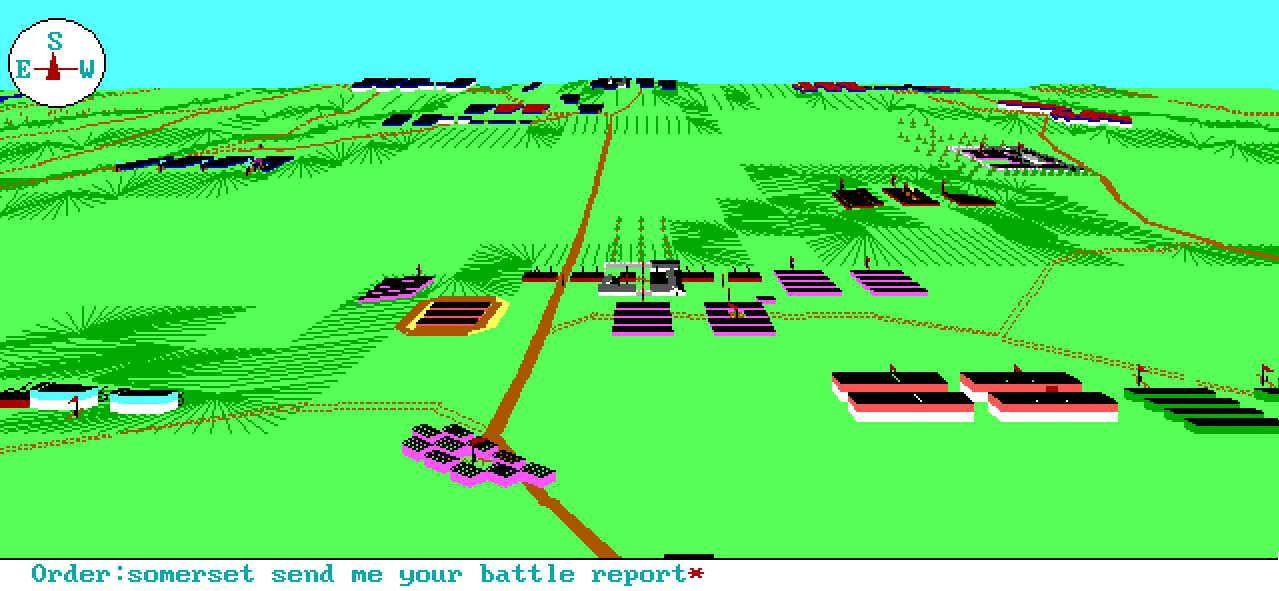
Zack: The most impactful thing developers can do is present information through multiple channels. This might sound complex, but the principle is straightforward: if I can access data in text format or through a scripting interface, I can usually make meaningful progress in a game. Games that rely exclusively on visual maps or graphical displays create significant barriers, but many developers could address this with some thoughtful consideration of alternative interaction methods.
Think of it this way: if you’ve ever read a compelling After Action Report that captures the drama and decision-making of a campaign through narrative, you’re already halfway to understanding what makes a game accessible to someone who can’t see the graphics. The other crucial element is providing command-based or text-driven controls rather than requiring drag-and-drop manipulation. The Command series wasn’t designed with accessibility in mind, but its comprehensive scripting layer allows me to essentially build my own text interface. I’m not aware of another game that offers quite that level of flexibility.
Tim: Do you think certain forms of warfare and types of wargame are inherently better suited to ‘blind wargaming’ than others?
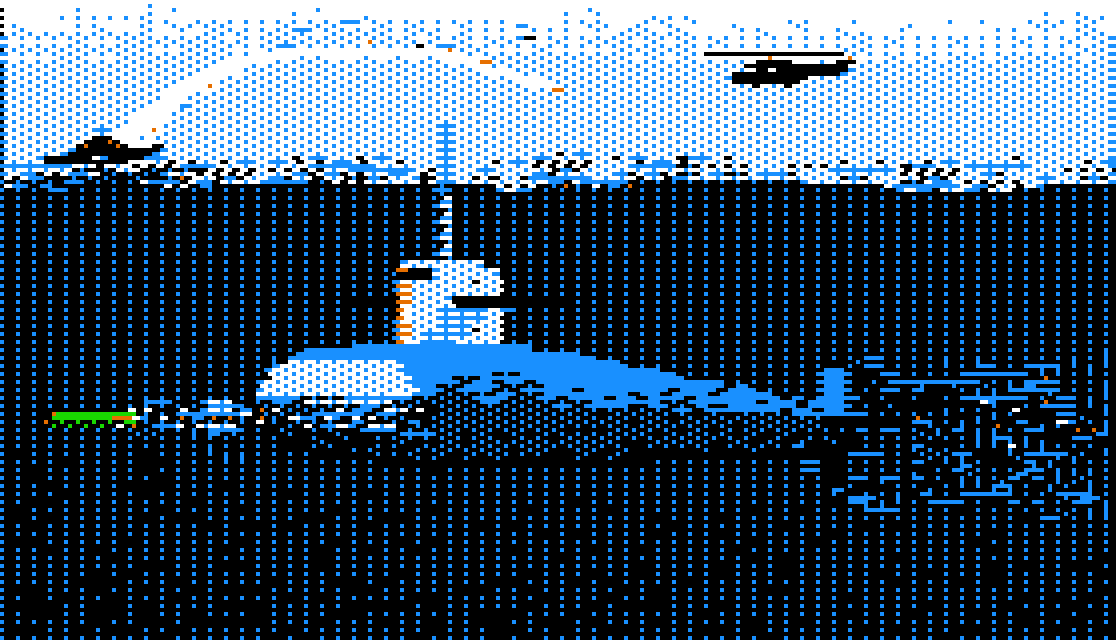
Zack: My Tom Clancy background might be showing, but I have a particular fondness for submarine warfare. It offers tactical depth without the rapid-fire demands of some other military simulations. Unfortunately, truly accessible submarine games are relatively rare.
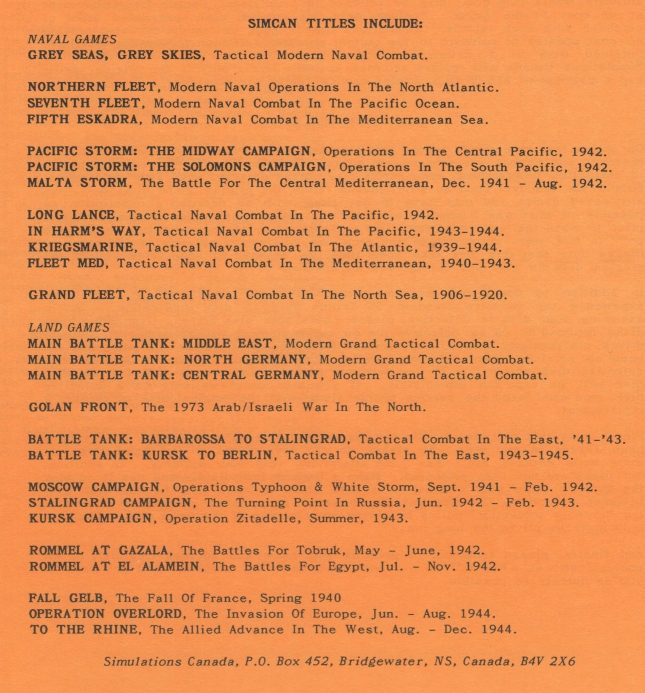
More broadly, I find that wargames focusing on high-level decision-making tend to be more accessible than those requiring detailed unit micromanagement. I’m a big fan of Simulations Canada’s offerings, for instance, because you’re making strategic choices that are inherently accessible, rather than worrying about which direction individual tanks are facing or managing squad-level formations.
Tim: Do you ‘board wargame’ in addition to computer gaming?
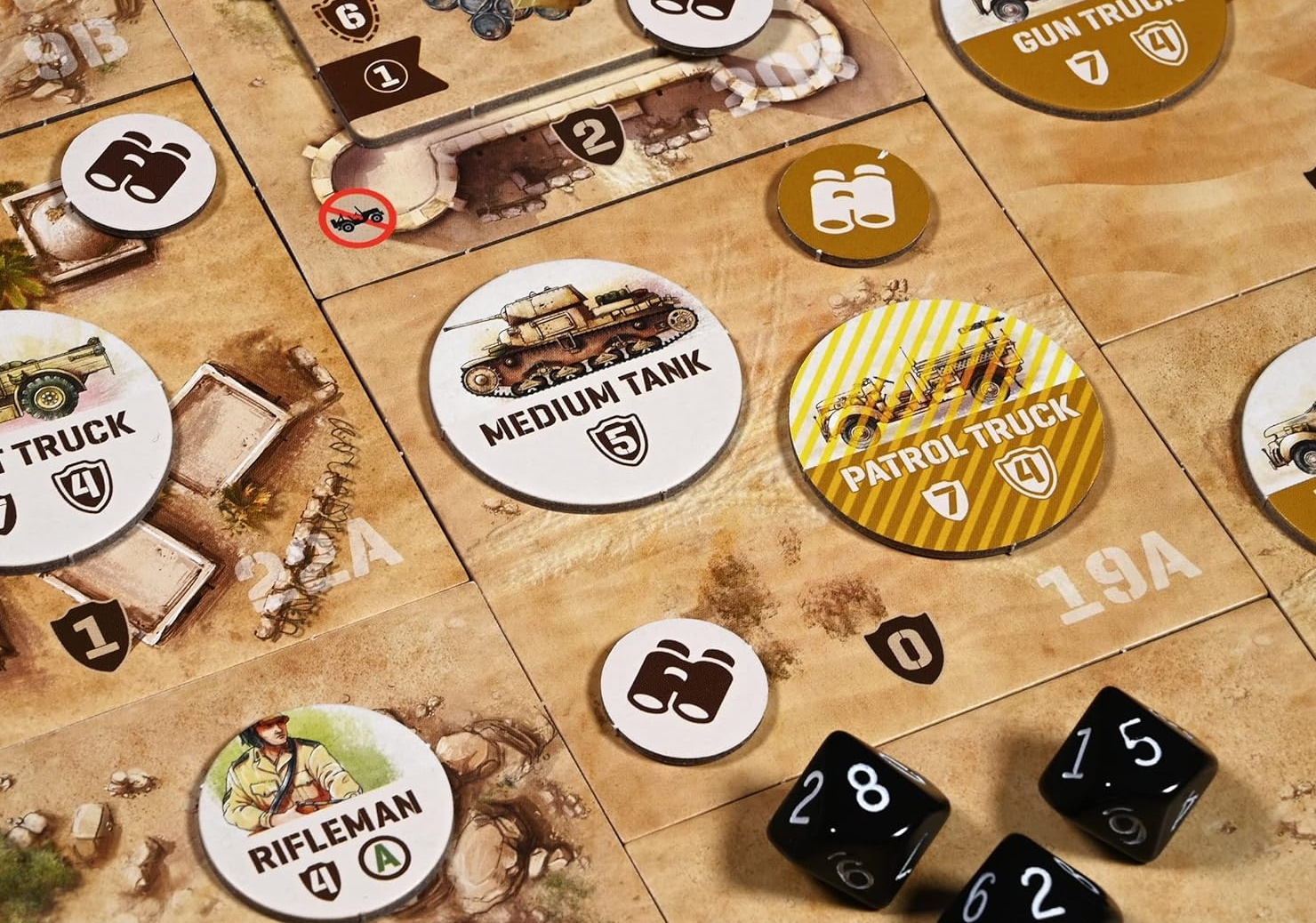
Zack: Not currently, though I’ve always been curious to try. I have strong interests in both Harpoon-style naval warfare and Age of Sail gaming, thanks largely to Patrick O’Brian’s Aubrey-Maturin series. However, accessible board wargaming presents additional challenges: the physical components require alternative systems for representing units and terrain, often involving Braille adaptation or other workarounds that can be quite involved to set up.
Tim: If you were in a position to commission/fund a computer wargame on any theme, what theme would you choose and why?
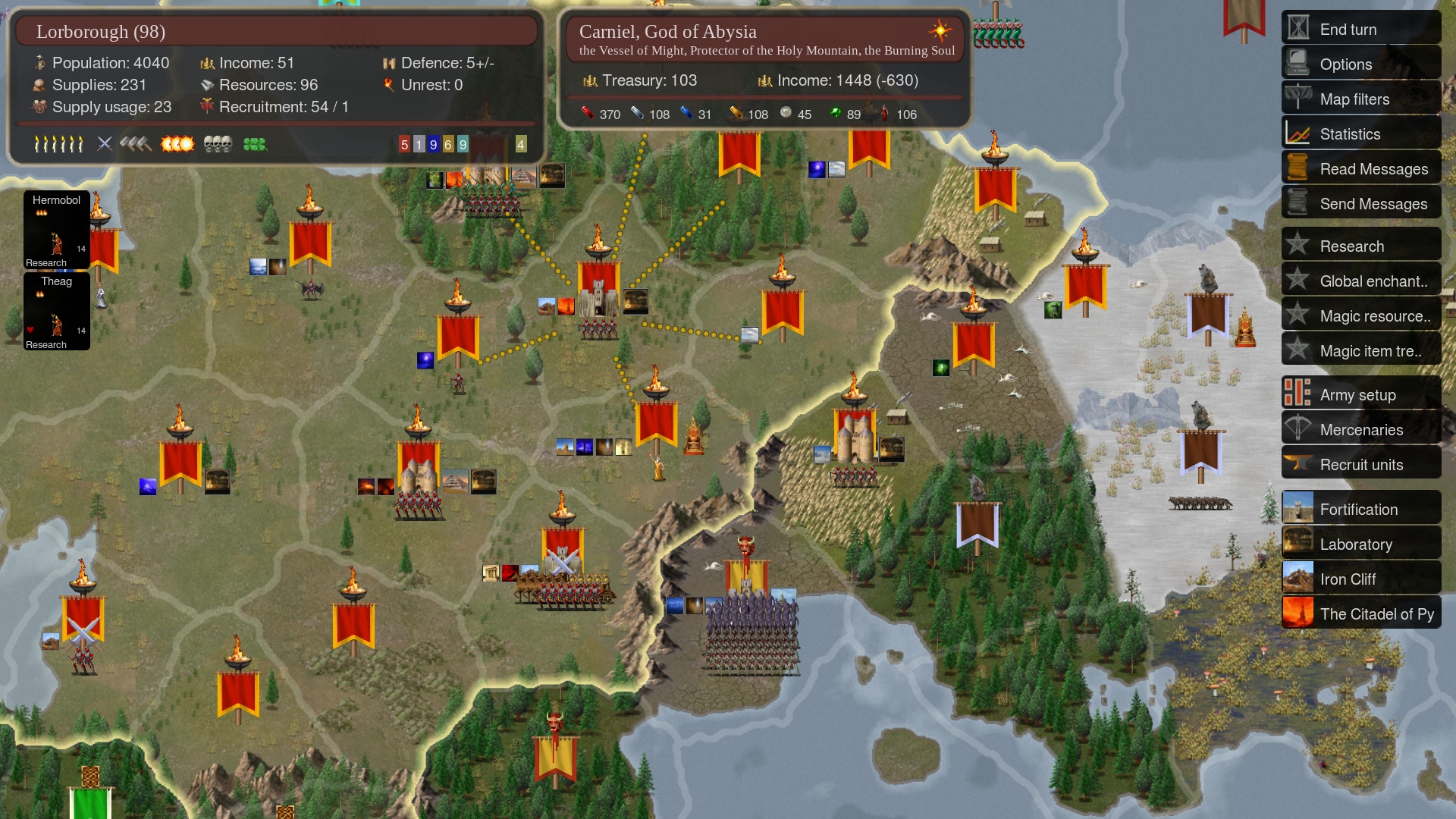
Zack: I’d love to see a fantasy-themed wargame developed with accessibility as a core design principle from the beginning. Not for lack of interest in the genre, but because most fantasy strategy games simply aren’t accessible enough for me to enjoy fully. Something capturing the depth of Master of Magic or the Dominions series, but designed from the ground up to work seamlessly with screen reading technology, would be ideal.
Tim: Name a released or in-development game that you feel deserves more attention.
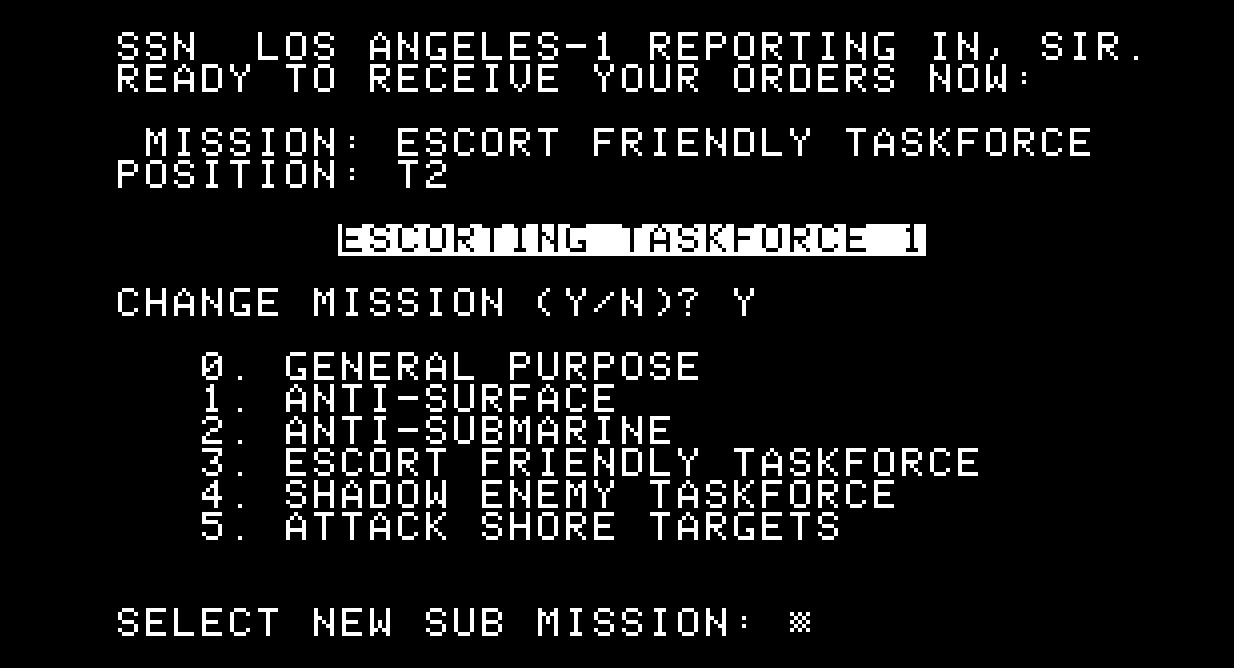
Zack: This is challenging, but I’d highlight Simulations Canada’s catalog as a whole. Their games are somewhat underappreciated in the broader wargaming community. Take Northern Fleet, for example—it’s an excellent Cold War operational game that does a fantastic job modeling naval warfare in a fictional conflict. What I particularly appreciate about SimCan is their detailed designer notes explaining the reasoning behind their modeling choices in each game. The fact that their text-based approach makes them roughly 90% accessible by happy accident certainly doesn’t hurt either!
Tim: Thank you for your time.
(Cornerites, can you think of any computer wargames that would work well with a screen reader?)

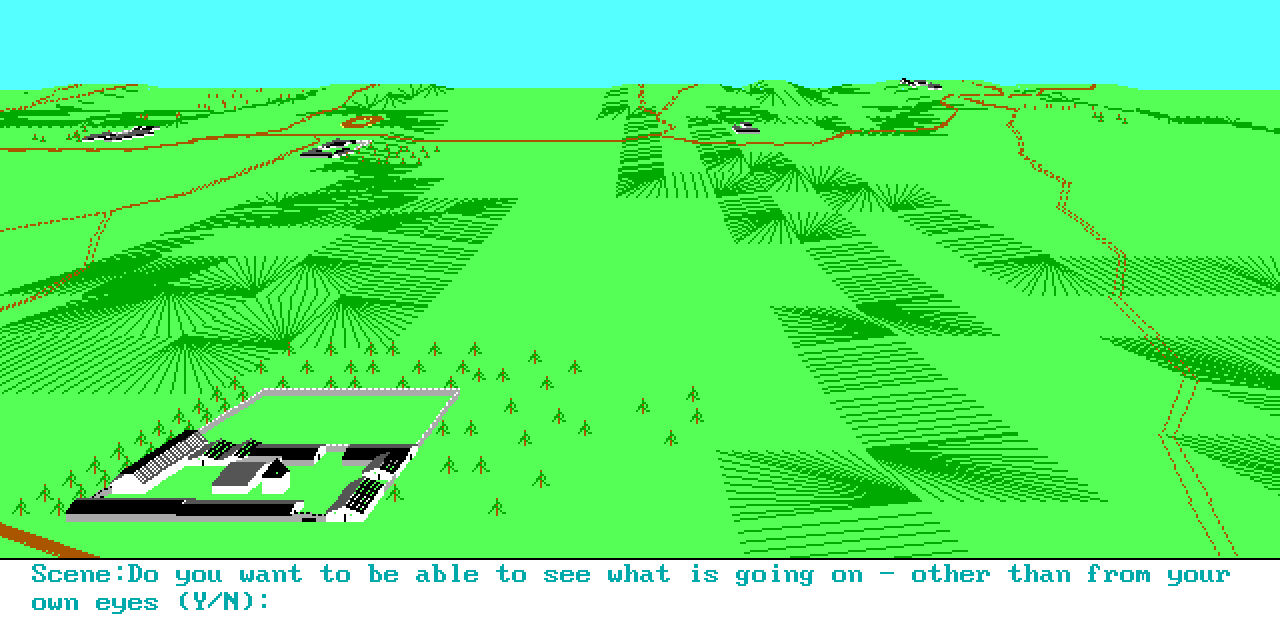
I think this is an absolutely excellent article.
Re computer wargames that could (probably) be played with a screen reader: Yesterday I installed this on my phone (works even better on a computer) https://red-autumn.itch.io/petrograd-1917
Where you play as a ‘party’ involved in the russian politics anno 1917 and try to avoid or enact the russian revolution.
Pros: free and almost 100% text based.
Cons: maybe not wargame enough?
Ps. I haven’t played it a lot yet.
Fascinating stuff! It’s easy to forget accessibility when designing and developing, but essential to include as much as possible.
This was a fascinating interview and the kind of thing I just don’t find anywhere else.
As a wargaming Canuck, I now feel obligated to explore some of Simulations Canada’s substantial library!
Thank you for the interview!
I have a contribution to this as well – I am not blind, but I have a blind friend who experiences gaming almost exclusively together with me. I describe what we’re seeing and get the mouse, he’s got the keyboard and enjoys the dakkadakka and the sound of ominous footsteps in quieter passages. We even play 3D shooters like this, although it’s a lot of “no no no SHOOT SHOOT get me the shotgun RELOAD okay, back back, little bit to the left, oh hell, RUUUUUN!”
Mostly, it’s Total War games, he does enjoy a good battle soundscape.
One of his first loves was submarine games – we started with Aces of the Deep in ca. 1998 and have replayed it again and again, even keeping an old 486DX2-66 alive just for that.
However, every other submarine game I tried to get him into just didn’t click for him – the Silent Hunters, for example, were a total wash-out soundwise and because of a more mouse-based interface, he couldn’t take part in the same way as in AoD.
I haven’t however, tried UBOAT with him. Maybe I should.